Introduction: Why Water Pressure Matters in Your Plumbing System
Water pressure is the lifeblood of any efficient plumbing system. Whether you’re filling a bathtub, running a dishwasher, or simply washing your hands, consistent and adequate water pressure ensures convenience, hygiene, and even appliance longevity. Yet, water pressure issues are among the most common — and frustrating — plumbing problems homeowners face. Low pressure can turn showers into dribbles, while high pressure can stress pipes, leading to leaks or bursts. Unfortunately, water pressure problems are often misunderstood, misdiagnosed, or left unresolved, resulting in bigger headaches and costs down the road. Understanding how to identify, troubleshoot, and prevent water pressure issues is essential for both DIY enthusiasts and anyone seeking to maintain a reliable, efficient home. In this comprehensive guide, we’ll walk you through the science of water pressure, reveal the tell-tale symptoms of trouble, and provide actionable solutions for both quick fixes and long-term prevention. You’ll also learn when it’s time to call a pro, and how to safeguard your system from future surprises. Let’s dive in and get your plumbing flowing right!
The Basics: Understanding Water Pressure in Residential Plumbing
What Is Water Pressure?
Water pressure refers to the force that pushes water through your pipes and out of faucets, showers, and appliances. It’s typically measured in pounds per square inch (psi). In most homes, ideal water pressure ranges from 40 to 60 psi. Too low, and you’ll notice sluggish flow; too high, and your pipes and fixtures may suffer damage over time.
How Water Pressure Is Delivered to Your Home
- Municipal Supply: Most urban homes rely on city water mains, which use pumps and gravity-fed towers to maintain consistent pressure.
- Well Systems: Rural properties often use well pumps, pressure tanks, and regulators to maintain pressure.
In both cases, your home’s plumbing system is designed to distribute this pressurized water efficiently to various outlets. Any disruption — from clogs to faulty regulators — can throw the system off balance.
Common Symptoms and Causes of Water Pressure Problems
Signs of Low Water Pressure
- Slow-filling sinks, bathtubs, or toilets
- Weak shower spray
- Poor appliance performance (dishwasher, washing machine)
- Noticeable pressure drop when multiple fixtures run simultaneously
Signs of High Water Pressure
- Loud banging noises (water hammer) when turning faucets off
- Leaky faucets, running toilets, or burst hoses
- Premature wear on appliances and fixtures
Main Causes of Pressure Problems
- Clogged aerators or showerheads
- Corroded or scaled pipes (especially in older homes)
- Closed or partially closed shut-off valves
- Faulty pressure regulators or pressure reducing valves (PRVs)
- Municipal supply fluctuations or main line leaks
- Well pump or pressure tank malfunctions
Identifying the root cause is the first step to a lasting solution. Let’s look at how to pinpoint what’s going wrong in your system.
Step-by-Step Diagnosis: Pinpointing Water Pressure Problems
Step 1: Test Your Water Pressure
- Purchase a simple water pressure gauge from a hardware store.
- Attach it to an exterior hose bib or laundry faucet.
- Turn off all water-using appliances and faucets.
- Open the test faucet fully and read the gauge.
Interpret the Reading:
- Below 40 psi: Low pressure. Investigate further.
- Above 80 psi: High pressure. This can damage plumbing.
- 40–60 psi: Ideal range.
Step 2: Isolate the Problem Location
- Whole-house issue: All fixtures affected? Focus on main supply, PRV, or pump/tank.
- Single fixture issue: Only one faucet or shower weak? Check aerators, shut-off valves, and local blockages.
Step 3: Inspect for Visible Issues
- Check for leaks, wet spots, or corrosion on exposed pipes.
- Ensure all main and branch shut-off valves are fully open.
- Listen for banging or whistling noises that indicate high pressure or air in lines.
- Look for pressure regulator valves (usually near the main shut-off) and check their settings.
Step 4: Consult with Neighbors
If your neighbors are experiencing similar issues, the problem may originate with the municipal supply. If you’re the only one affected, focus on your home’s plumbing.
DIY Fixes for Common Water Pressure Problems
Fixing Low Pressure at a Single Fixture
- Clean Aerators & Showerheads: Unscrew and soak in vinegar to remove mineral buildup. Rinse and reinstall.
- Check Local Shut-Off Valves: Ensure valves under sinks or behind toilets are fully open.
- Inspect for Kinks: Flexible supply lines can kink and restrict flow. Replace any damaged lines.
Fixing Whole-House Low Pressure
- Flush the System: Sediment can clog main lines. Fully open an exterior hose bib and let water run for several minutes.
- Check the Pressure Regulator Valve: Adjust the screw on your PRV to increase pressure (turn clockwise). If adjustment doesn’t help, the valve may need replacement.
- Inspect for Leaks: Even small leaks in the main supply can sap pressure. Walk your property and check for soggy spots or unexplained water usage.
For Well Systems: Check your pressure tank’s psi reading. If it’s low, you may need to adjust the pressure switch or recharge the tank bladder. Consult your owner’s manual or a pro if unsure.
Fixing High Water Pressure
- Adjust or Replace the Pressure Reducing Valve: Locate your PRV (usually near the main shut-off). Turn the adjustment screw counterclockwise to reduce pressure. Replace if defective.
- Install a Water Hammer Arrestor: If you hear banging pipes, this device absorbs shock waves and protects your plumbing.
Pro Tip: If your system lacks a PRV and water pressure is consistently above 80 psi, install one to protect pipes, appliances, and fixtures.
When to Call a Professional Plumber
Some pressure problems are beyond the scope of DIY fixes. Call a licensed plumber if:
- Pressure remains low/high after you’ve tried all basic adjustments
- You suspect hidden leaks, slab leaks, or pipe corrosion
- Your pressure regulator or well components need replacement
- Your home has old galvanized pipes prone to severe buildup and obstructions
- You’re uncomfortable making adjustments to the main supply
A professional can perform advanced diagnostics, such as video scoping pipes or pressure testing the entire system, and recommend safe, lasting repairs.
Preventing Future Water Pressure Problems
Routine Maintenance Tips
- Annually clean aerators and showerheads to prevent mineral buildup.
- Inspect visible pipes for leaks, corrosion, or damage every 6–12 months.
- Test water pressure with a gauge at least once a year.
- Flush your water heater annually to reduce sediment buildup, which can affect pressure at hot taps.
Upgrading Your Plumbing System
- Replace old galvanized pipes with copper or PEX to improve flow and reduce corrosion risk.
- Install a whole-house water filter if you have hard water or heavy sediment, which can clog pipes and fixtures.
- Add or upgrade a pressure regulator to keep pressure in the safe range and prolong the life of your plumbing.
Smart Home Monitoring
Consider installing a smart water monitor that tracks pressure, detects leaks, and sends alerts to your phone. These devices can catch problems early, often before visible symptoms appear.
Special Considerations for DIYers
Safety First
- Always shut off water at the main valve before making repairs.
- Wear gloves and eye protection when handling plumbing chemicals or tools.
- Know your limits — don’t tackle repairs involving soldering or electrical components unless you have proper training.
Tools Every Homeowner Should Have
- Water pressure gauge
- Adjustable wrench
- Pipe wrench
- Channel-lock pliers
- Teflon tape
- Bucket and towels
Having these basics on hand makes diagnosis and small fixes straightforward and safe.
Frequently Asked Questions About Water Pressure
How often should I check my home’s water pressure?
At least annually, or whenever you notice a change in flow or appliance performance.
Are water pressure boosters a good idea?
They can help if your municipal supply is consistently low, but always rule out leaks or blockages first. Install only with proper isolation valves and follow local codes.
Can high water pressure void appliance warranties?
Yes. Many manufacturers specify a maximum pressure (usually 80 psi). Exceeding this can lead to leaks or appliance failure — and may void your warranty.
Conclusion: Take Control of Your Home’s Water Pressure
Water pressure issues can sneak up on even the most diligent homeowners, but armed with the right knowledge and tools, you can tackle most problems quickly and confidently. Diagnosing whether you have low, high, or fluctuating pressure is the first step — and with a simple gauge and some basic observation, you’ll be well on your way. Remember, many common issues stem from simple causes like clogged aerators, closed valves, or a poorly adjusted regulator. Regular maintenance, like cleaning fixtures and checking for leaks, can prevent most headaches before they start. For older homes or persistent problems, don’t hesitate to bring in a professional; their expertise and equipment can save you time and money in the long run. Ultimately, maintaining the right water pressure not only improves your daily comfort but also protects your entire plumbing system, extends the life of your appliances, and keeps costly repairs at bay. Stay proactive, keep this guide handy, and enjoy strong, steady flow throughout your home — every day.
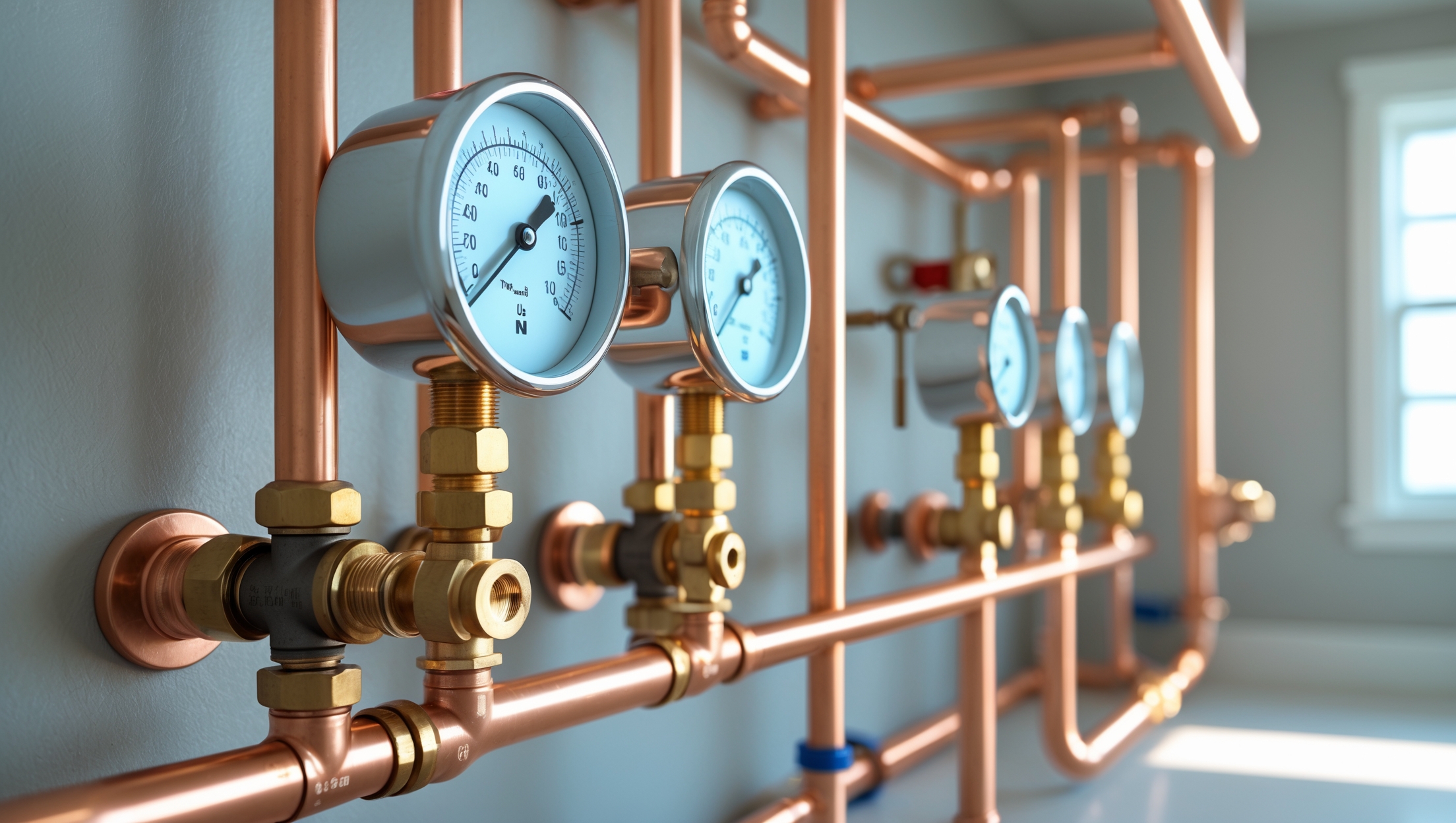

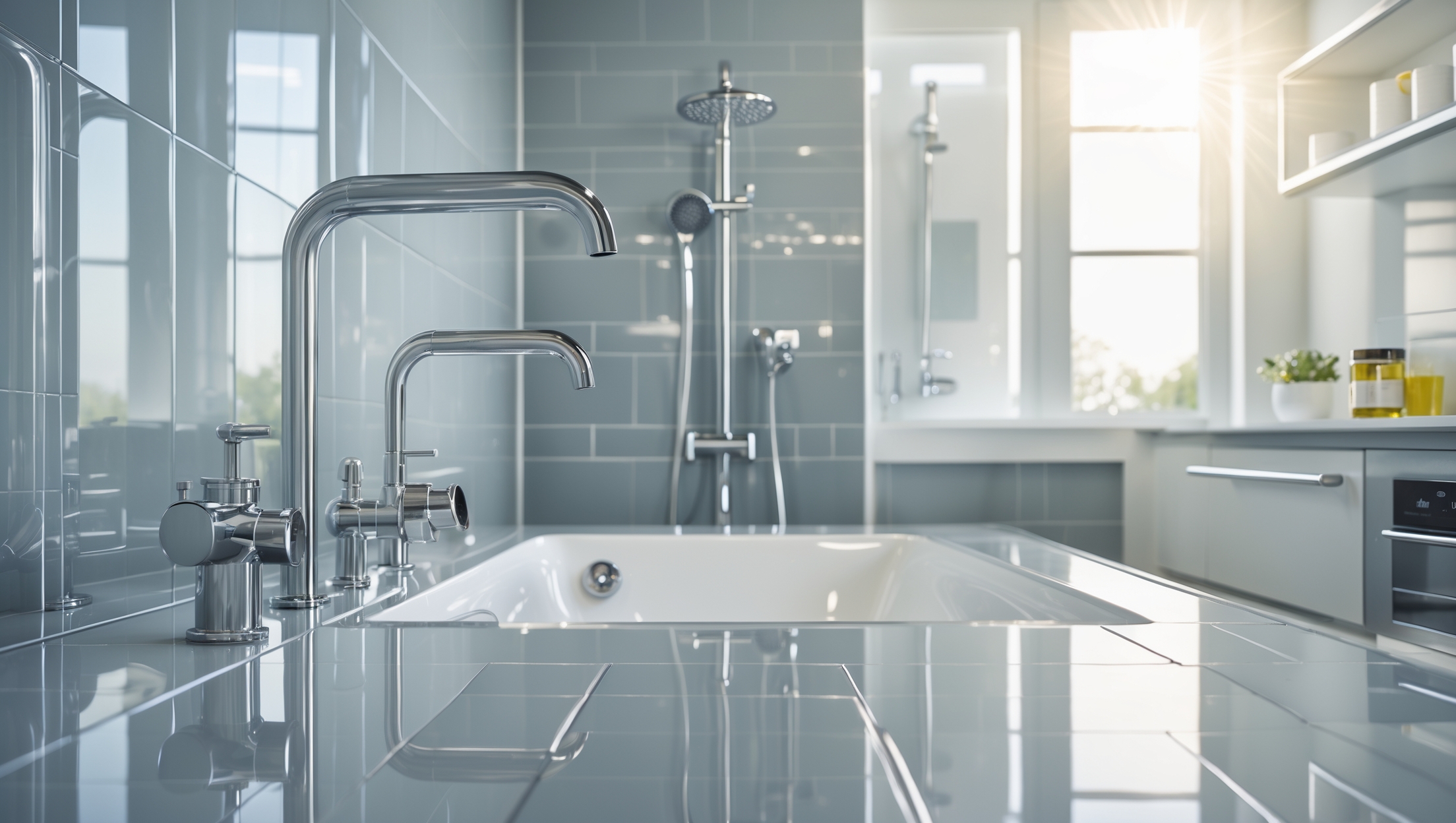

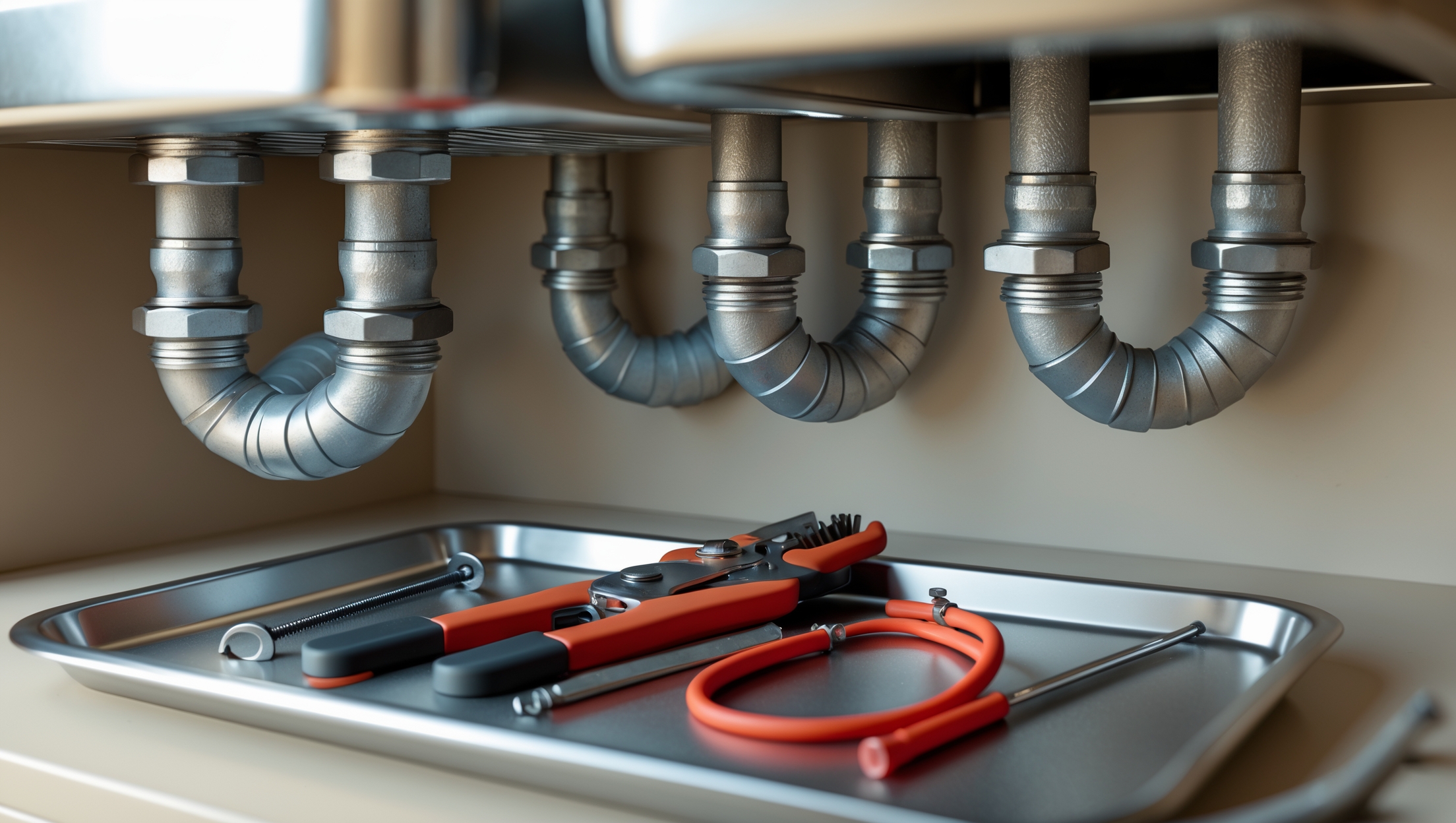
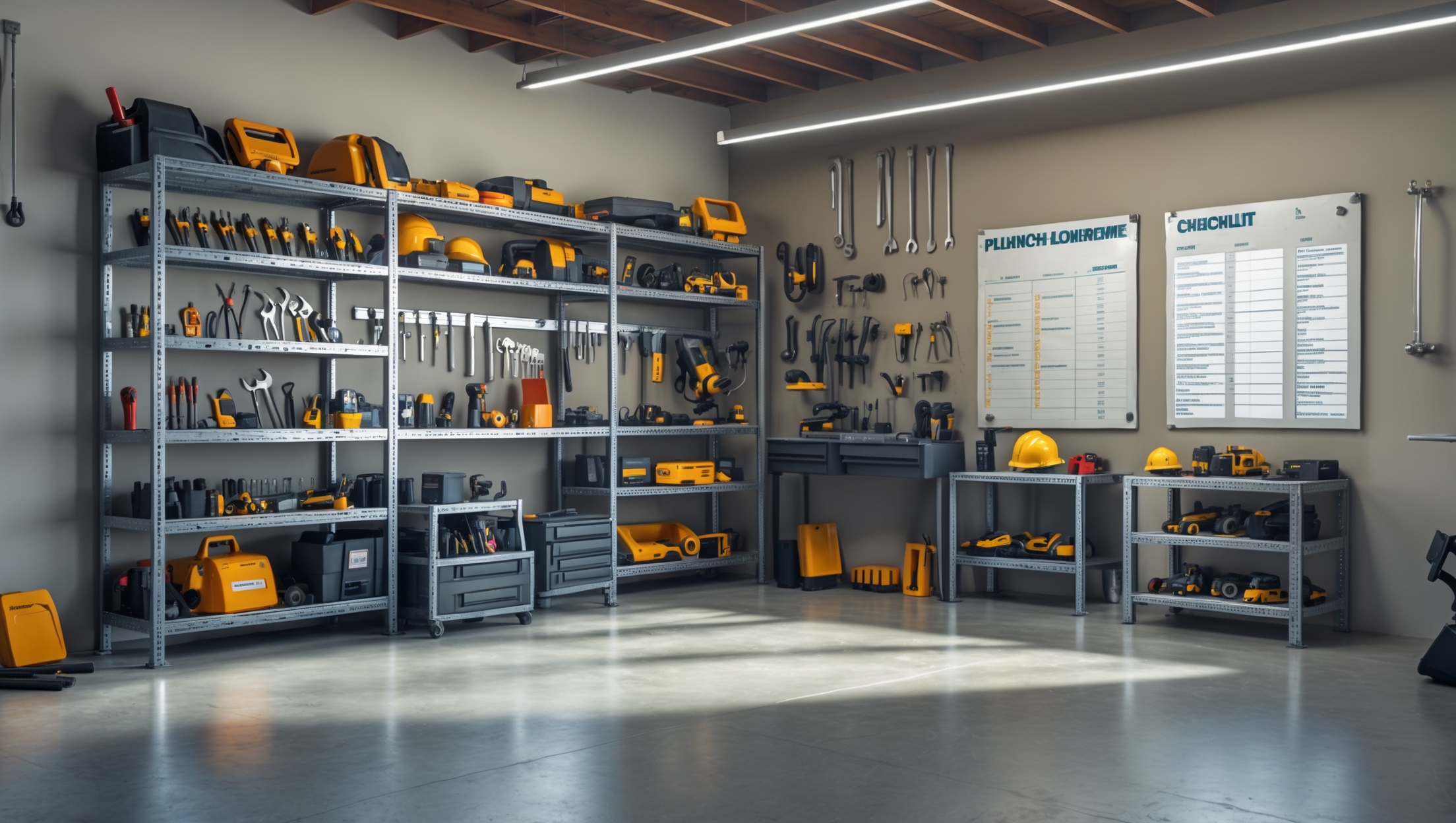


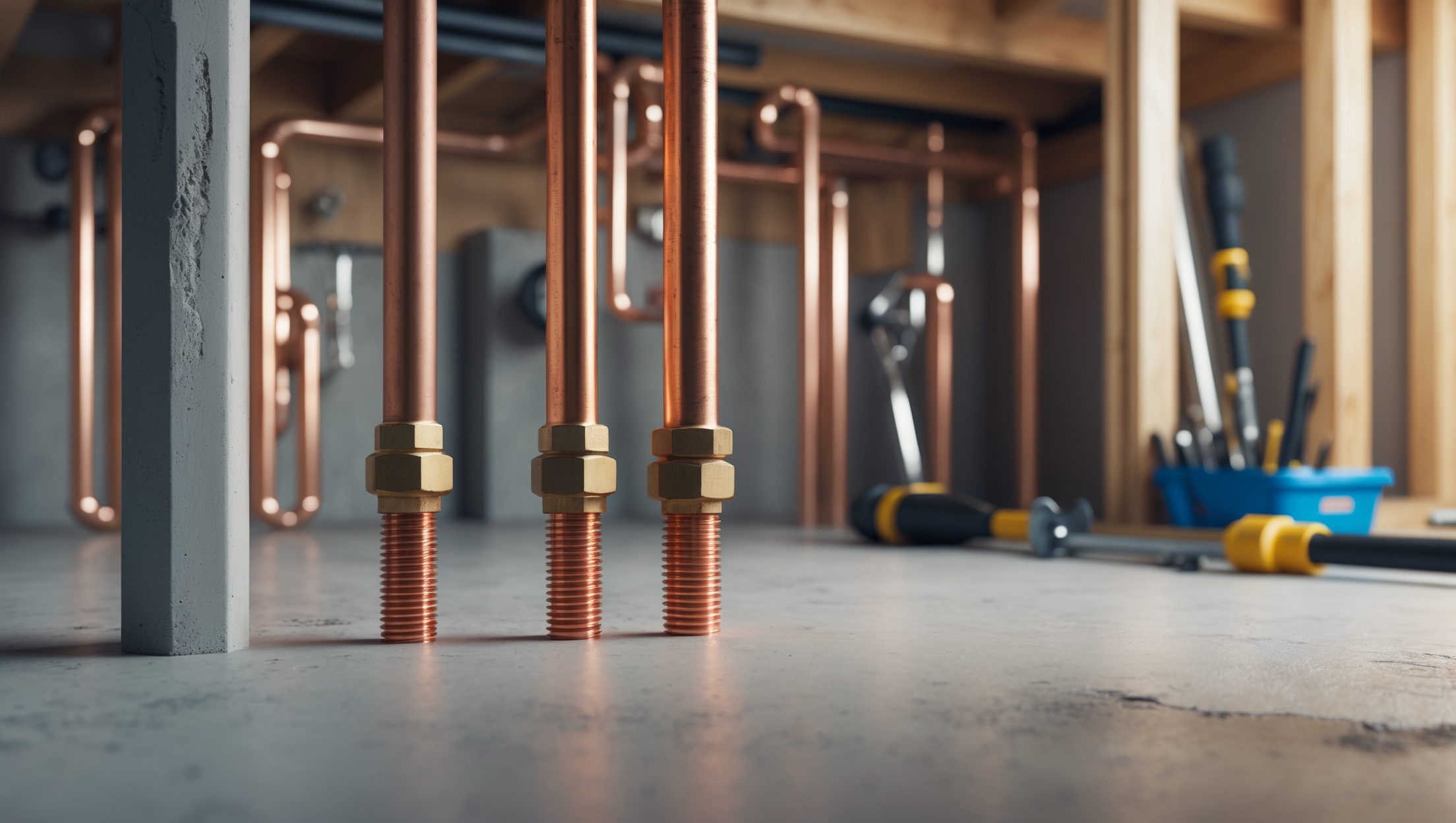
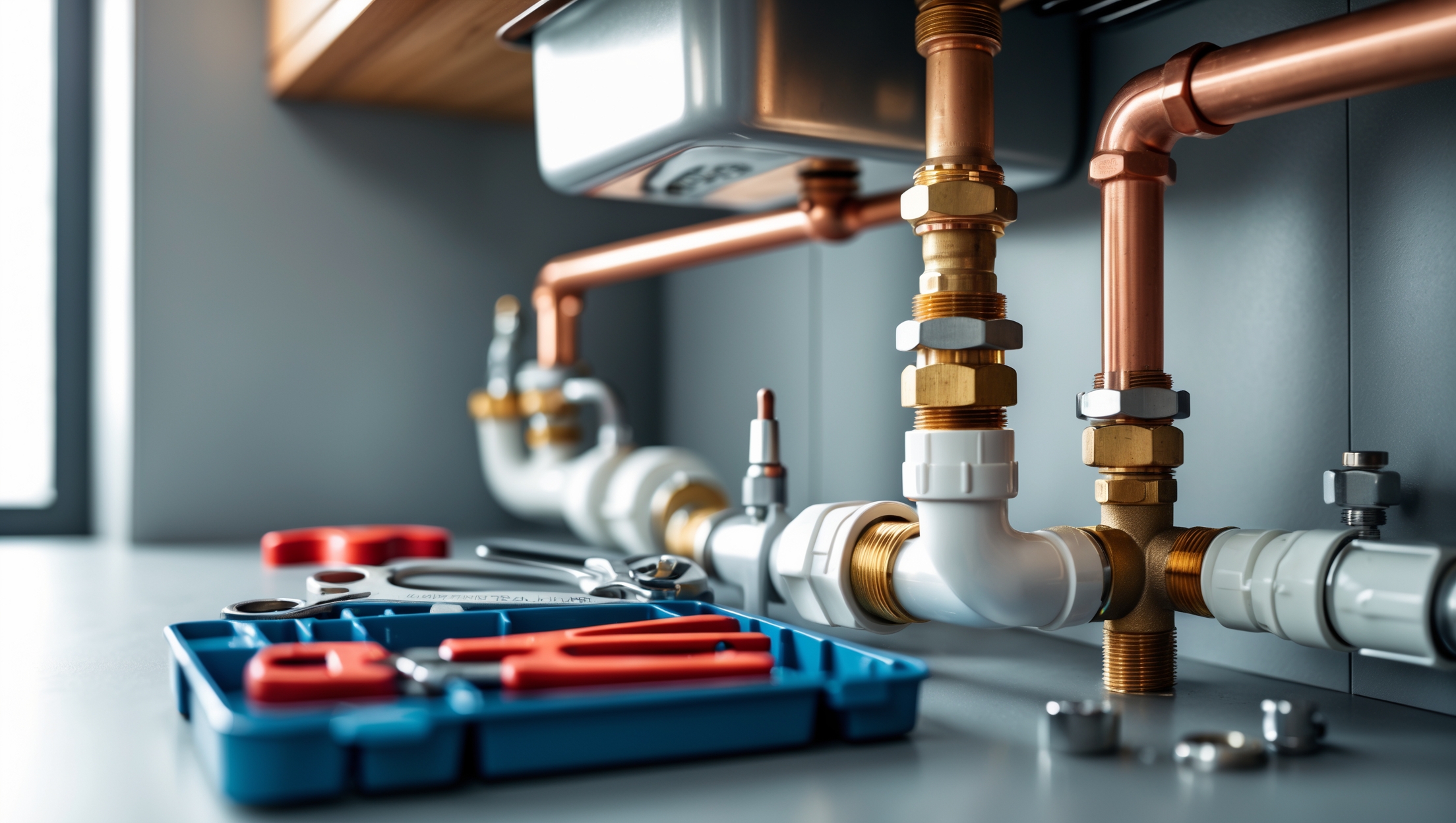
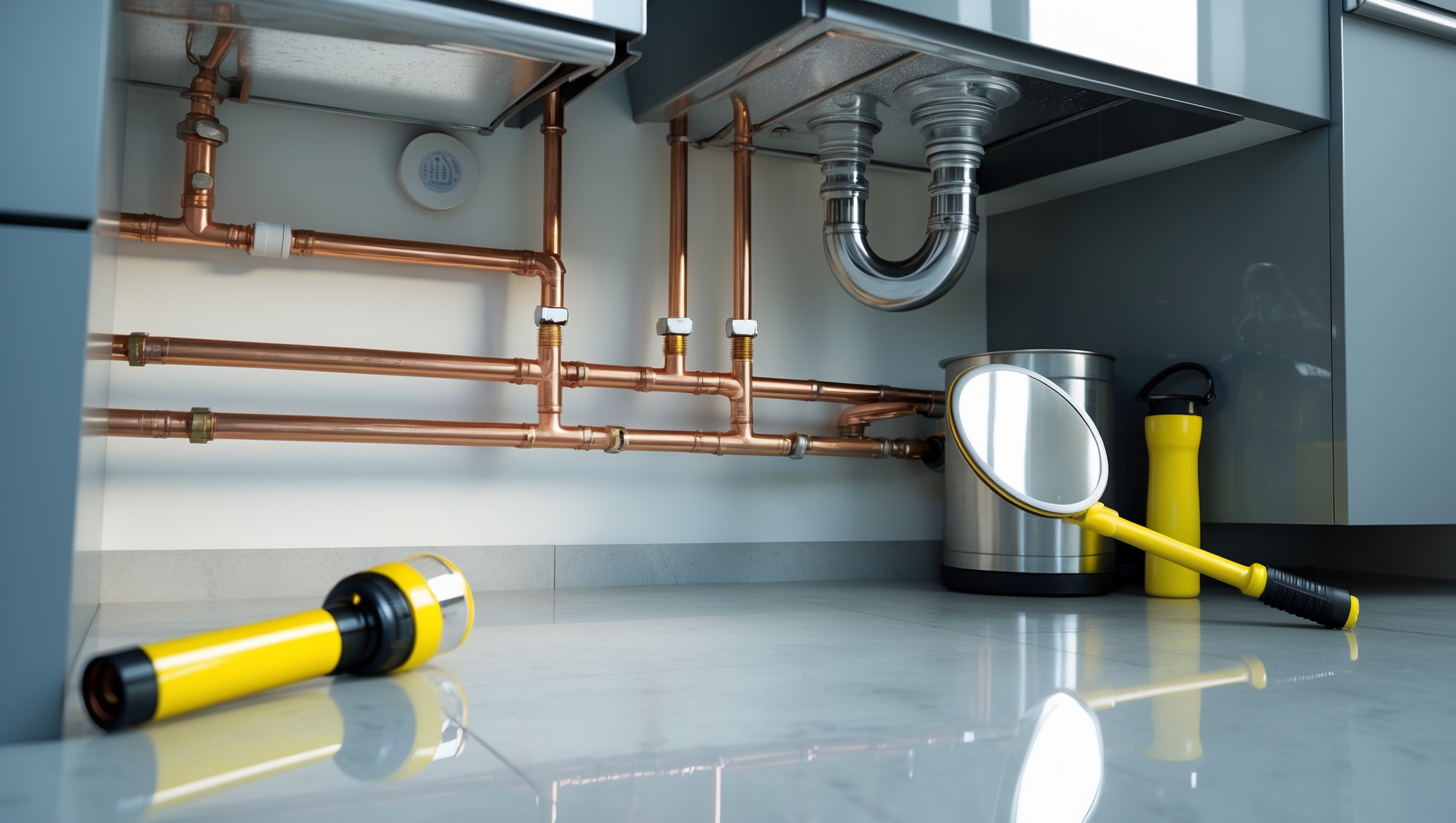
Kevin Gonzalez
I noticed you mentioned both municipal supply and well systems for delivering water pressure. Are there any specific signs that can help me figure out whether my pressure problem is due to the municipal supply side or something inside my own plumbing system?